Beyond the Diamond: Why Playing Multiple Sports Builds Better Ballplayers
It’s tempting to specialize in one sport early. After all, if a kid loves baseball, shouldn’t they focus all their time on it? But the reality is, the best athletes—especially at the youth level—are the ones who play multiple sports. Different sports develop different skills, and together, they create well-rounded, resilient athletes who can handle anything the game throws at them.
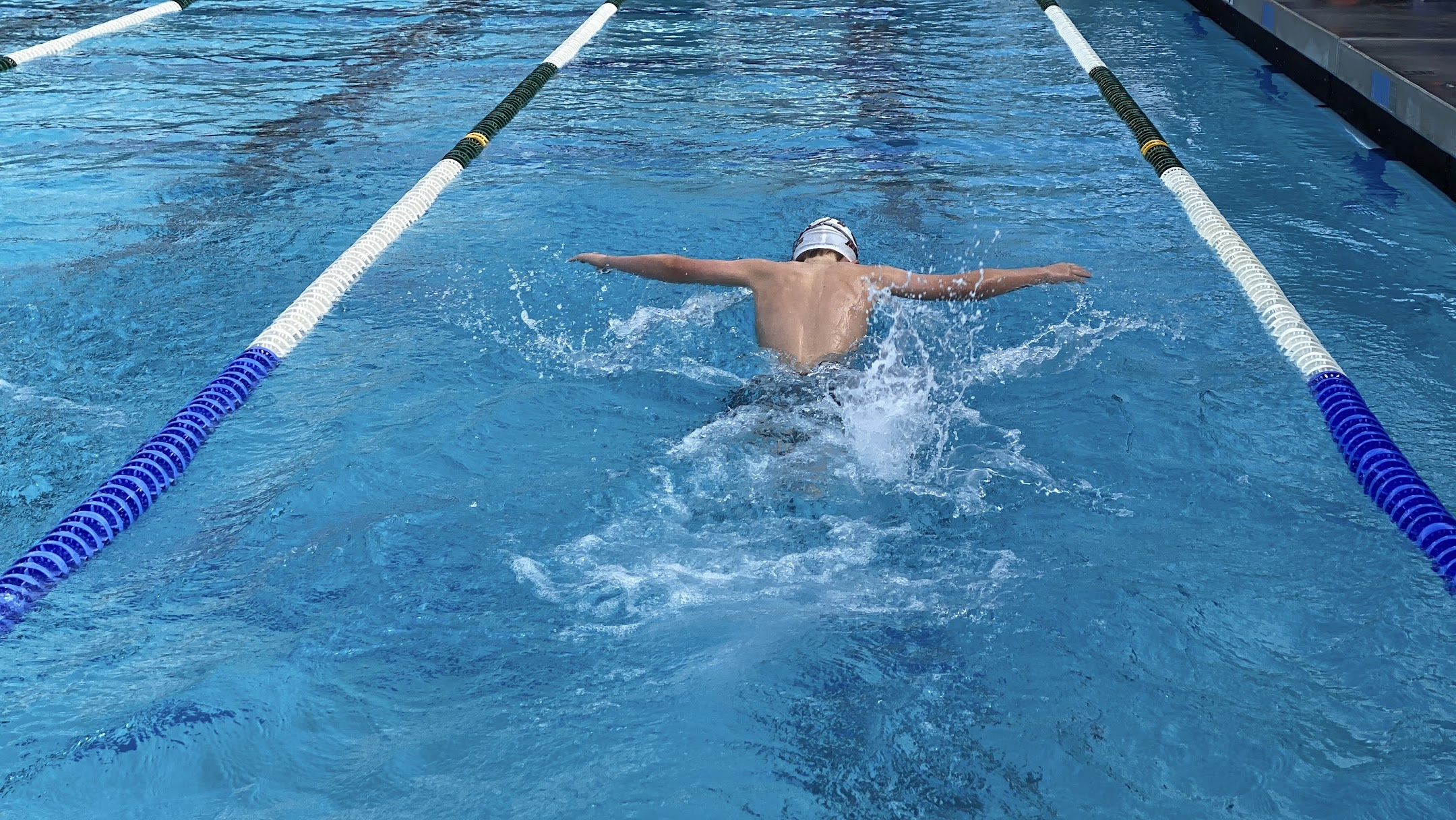
Youth baseball is full of kids who have played other sports, and those extra experiences matter. Whether it’s learning mental toughness in a solo sport like swimming or developing teamwork in a fast-paced game like soccer, every sport adds something to a young ballplayer’s toolbox.
Solo Sports Build Mental Toughness
My son is a swimmer. If you’ve ever been to a swim meet, you know that when it’s time to race, it’s just you and the water. No teammates to help, no one to pass the ball to—just the swimmer, the clock, and the race. It’s the ultimate mental challenge. There’s courage in stepping up to the blocks, knowing that the outcome depends entirely on you.
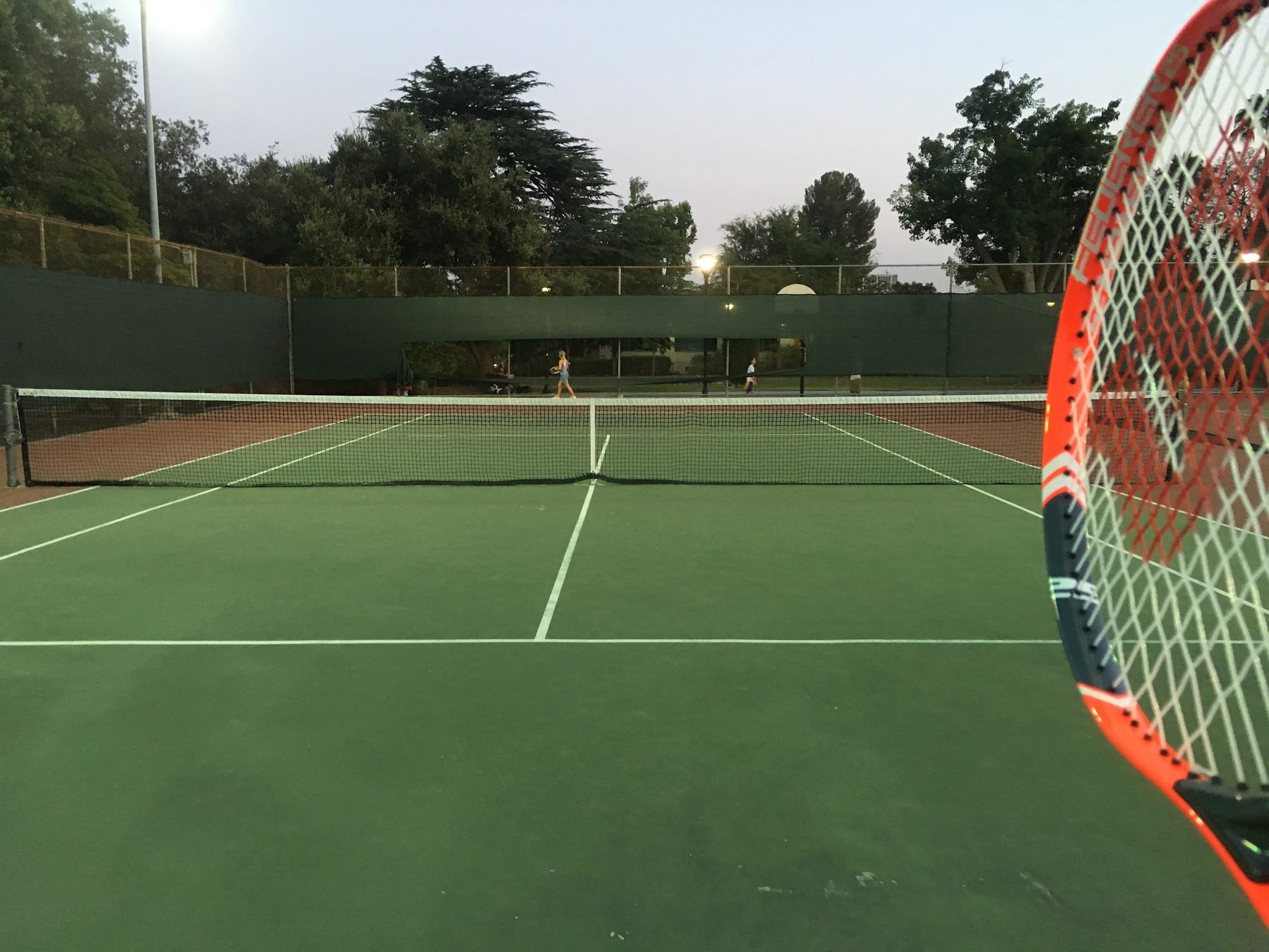
That same courage translates to baseball. Standing alone in the batter’s box with the game on the line is no different than standing on the block before a race. Both require focus, preparation, and the ability to tune out distractions. Solo sports teach kids how to handle pressure, take ownership of their success and failures, and push through discomfort—all of which are essential on the baseball field.
I’ve written before about how baseball teaches kids to handle tough moments. Coaching the Tough Moments: Turning Negativity into Leadership discusses how athletes learn resilience, and solo sports like swimming reinforce that mindset.
Team Sports Teach Camaraderie and Leadership
At the same time, baseball isn’t a solo sport. That’s where team experiences—like soccer, lacrosse, and basketball—become invaluable. My son doesn’t play lacrosse competitively, but we play in the backyard, and just that little bit of experience has helped him understand movement, spacing, and coordination in ways that translate to baseball.
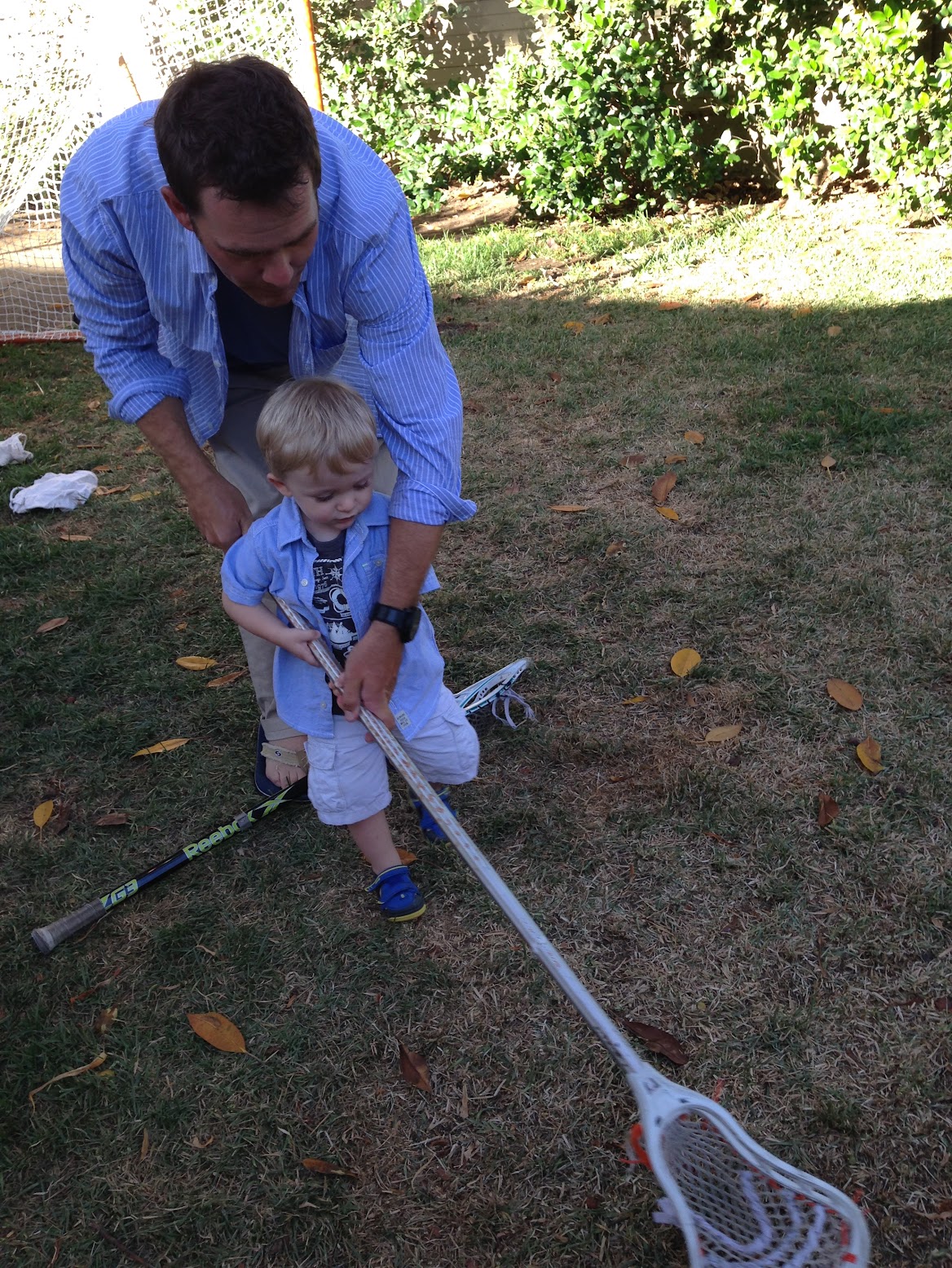
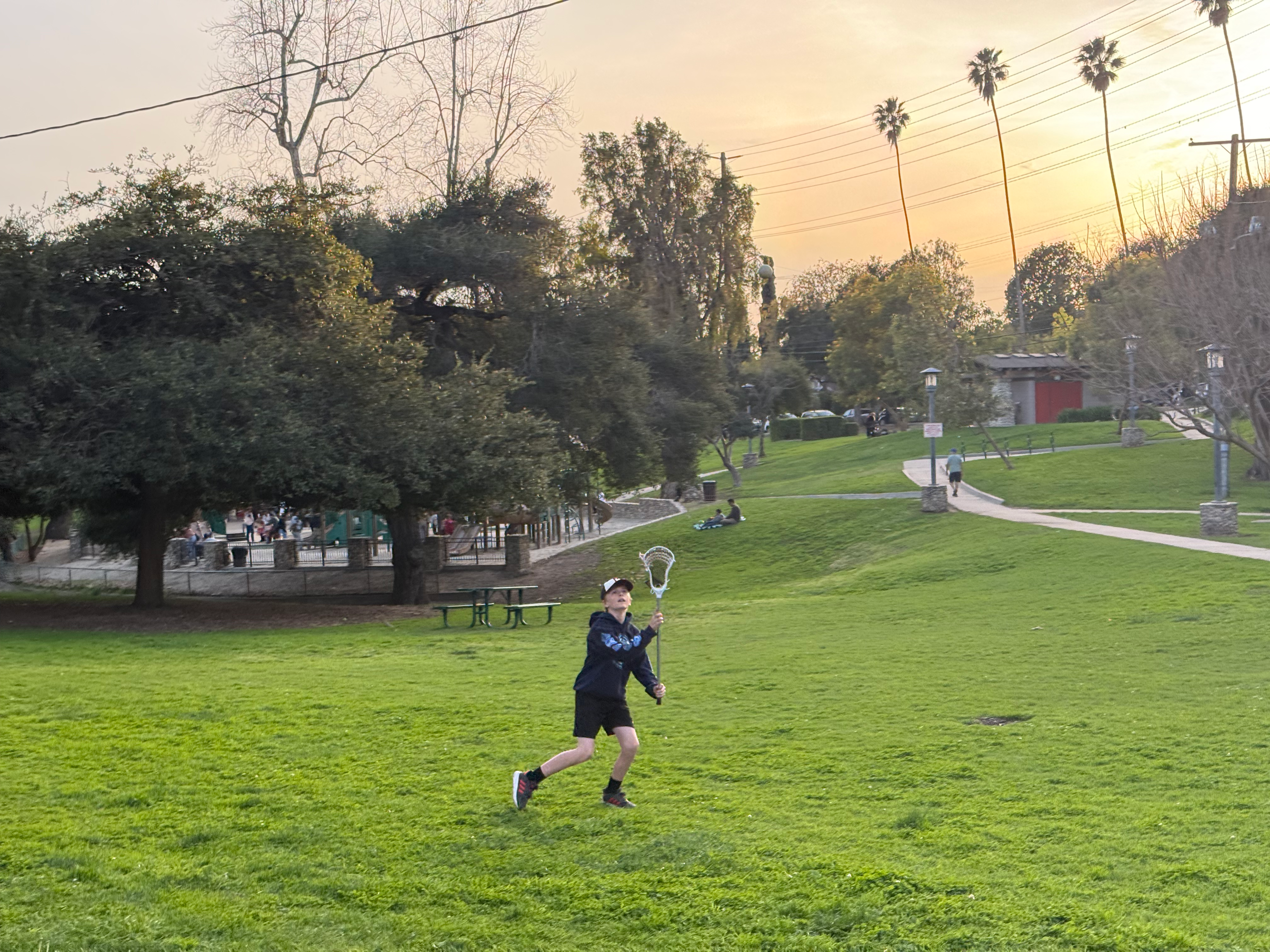
Sports like soccer and basketball teach kids how to read the field, anticipate plays, and work together toward a common goal. The ability to communicate, support teammates, and stay engaged even when you’re not directly involved in the play is something every Little Leaguer needs to learn.
Even something as simple as The Science of Dugout Chatter—the lifeblood of a baseball team—has its roots in strong team sports experience. Kids who play high-energy team sports tend to bring that energy to the diamond.
Building Endurance, Agility, and Hand-Eye Coordination
Certain sports naturally complement baseball. Soccer, for example, is incredible for building stamina—something every young player needs when running the bases or playing back-to-back games in a tournament. Tennis sharpens hand-eye coordination, a skill that’s crucial for hitting and fielding.
And then there’s lacrosse—fast-paced, physical, and full of quick decision-making. Even if a kid only plays for fun, the running, catching, and throwing skills they develop in lacrosse translate directly to tracking fly balls, making quick throws, and staying light on their feet.
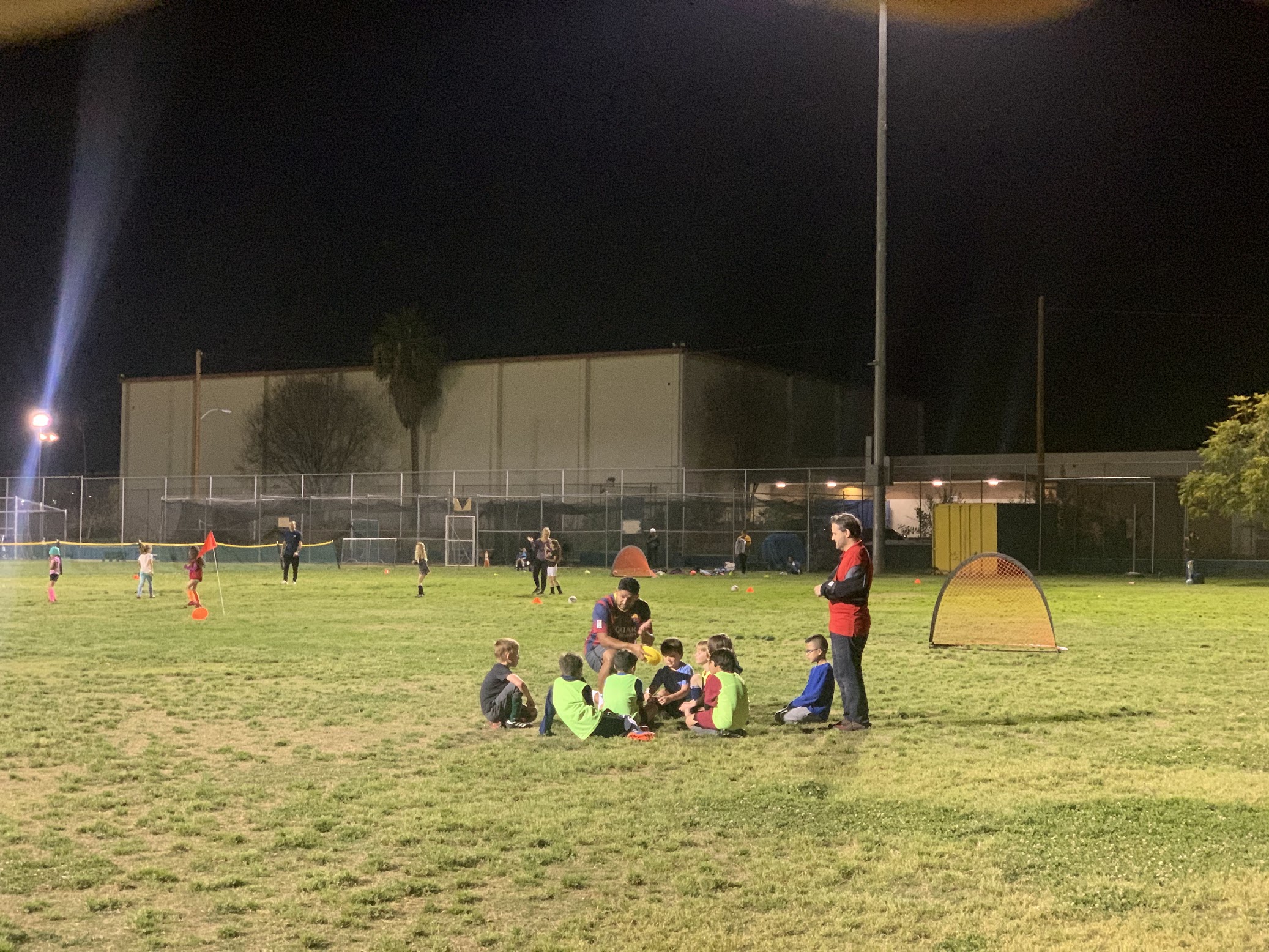
If your kid has struggled with catching, playing other sports can help them develop better reflexes and hand-eye coordination. The Importance of the First Catch talks about how catching is a skill that develops with repetition, and sometimes, that repetition doesn’t have to come from baseball alone.
The Power of Work Ethic
One of the biggest benefits of playing multiple sports is the work ethic it builds. Every sport has its grind—swimming has early-morning practices, soccer has endless running drills, tennis has hours of solo reps against a backboard. Learning to push through fatigue, show up consistently, and put in effort even when no one is watching builds character.
That kind of discipline carries over to baseball. A kid who has put in the work on the soccer field won’t be the one gasping for air after rounding second base. A swimmer who’s faced grueling laps alone in the pool won’t shy away from the pressure of an 0-2 count. These lessons—courage, endurance, teamwork, and discipline—don’t just make better baseball players. They make better athletes, better competitors, and, ultimately, better people.
That’s why I’m such a believer in Dare Mighty Things: Where Growth Begins. Multi-sport athletes learn to struggle, adapt, and improve, which gives them an edge when they step onto the baseball field.
Final Thoughts
The best baseball players aren’t just baseball players. They’re athletes. They’re kids who have learned to adapt, problem-solve, and push themselves across different sports and challenges. So if your kid wants to pick up a lacrosse stick, kick a soccer ball, or hit the pool, let them. Every sport adds something to their game—and to who they are becoming.
Encourage them to try, fail, and improve—no matter what sport they’re playing. Because in the end, the best Little Leaguers aren’t just kids who love baseball. They’re kids who love to compete, grow, and play.
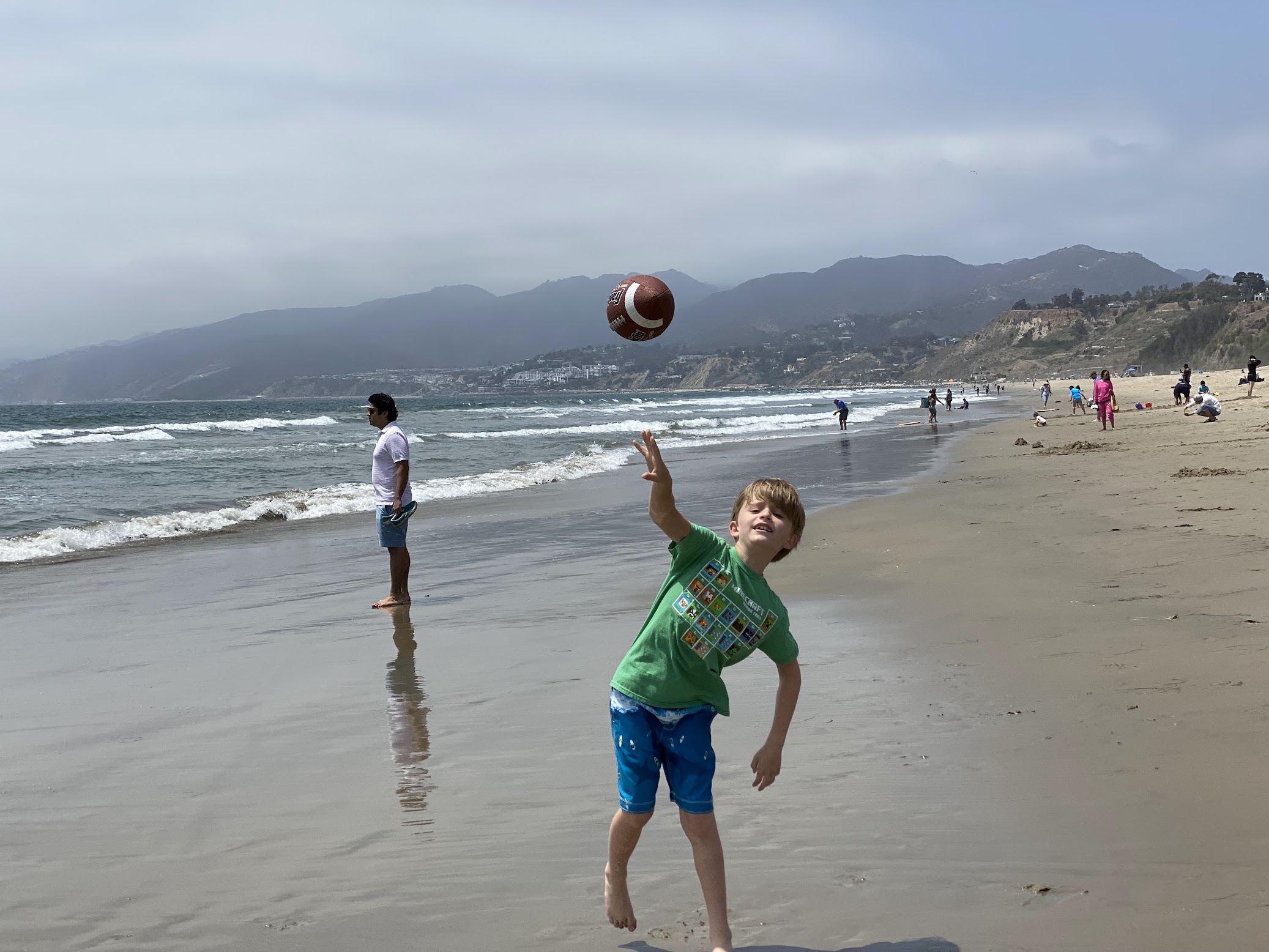
Back to Home